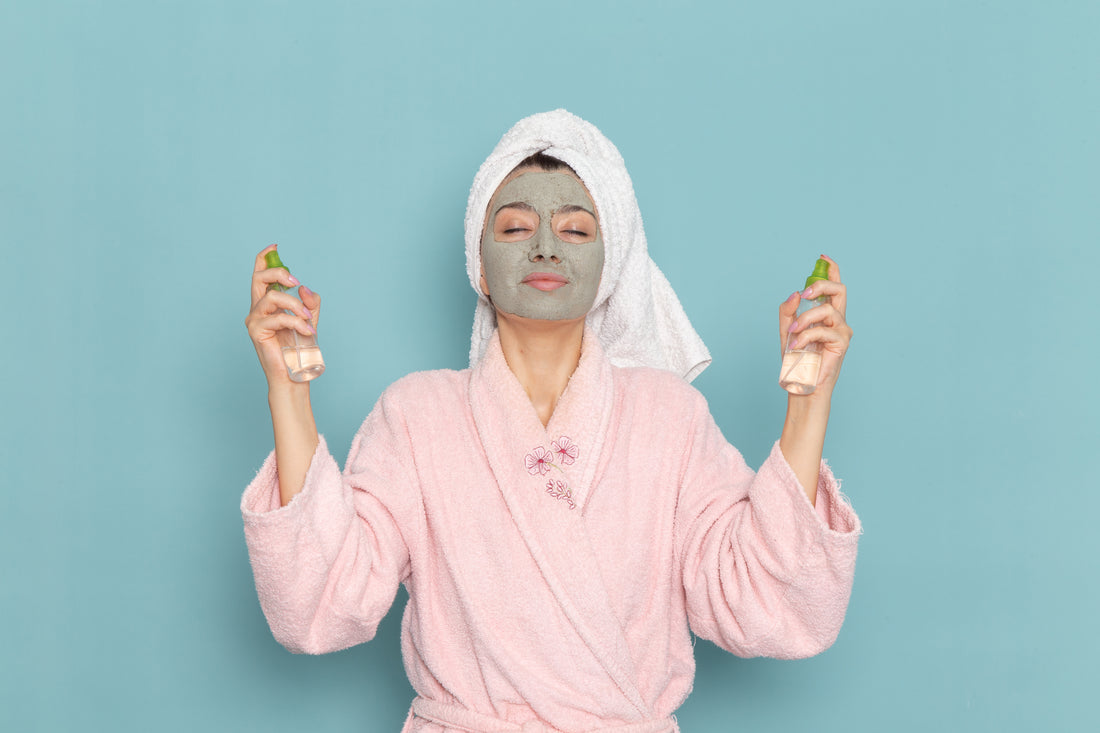Japanese vs Korean Skin Care Routine: Key Differences and What They Mean for Your Skin?
Japanese vs Korean Skin Care Routine: Key Differences and What They Mean for Your Skin?
Blog Article
Beauty professionals all around the globe are falling head over heels for Korean and Japanese skin care regimens due to their unique philosophies, styles, and enhanced products. You can have a decadent moisturizing regimen or a fast but efficient program depending on your choice, and both regimens are excellent stand-alone. But how do you choose which one should fit your complexion? In the following in-depth guide, we are comparing Japanese vs Korean skin care regime, how they differ and are similar and how their effect is different on your skin.

The Philosophy Behind Japanese and Korean Skin Care
One would understand the philosophy behind the skincare routine before describing the steps.
Korean Skincare Philosophy
Korean skincare is all about achieving that sought-after "glass skin" of radiant, dewy, smooth complexion. The routine is poised to nourish, moisturize, and layer products in a strategic manner to achieve maximum skin health. The standard Korean skincare routine involves 7-10 steps ranging from double cleansing, toning, essence, and serums to sheet masks. Care is taken to apply moisturizing and repairing agents such as snail mucin, hyaluronic acid, and ceramides.
Japanese Skincare Philosophy
Japanese skin care, on the other hand, aims at the achievement of "mochi skin" or the shiny, fatty, and glowing face of youth. Japanese philosophy includes minimalism, cleansing, hydration, and preservation of the skin's barrier. Routine is generally simpler than that of Korea, which is at most 4-6 steps. Well-established and dependable ingredients are applied most frequently by Japanese skin care products like rice bran, camellia oil, and fermented ingredients which are helped in a mild yet efficient manner.
Step-by-Step Analysis: Japanese vs. Korean Skin Care Regime
1. Cleansing
Korean Regimen: Double cleanse. Double cleansing begins with an oil cleanser to take off makeup, sunscreen, and impurities, then a mild foaming cleanser to clean the skin thoroughly but without stripping away the natural oils of the skin.
Japanese Regimen: Double cleansing is also done, with mild Japanese cleansing oils with botanicals. Enzyme cleaners or micellar water are employed in most Japanese skin care products as milder exfoliants.
2. Exfoliation
Korean Regimen: Exfoliation is generally done with chemical exfoliants such as AHA, BHA, and PHA to eliminate dead skin cells and provoke cell turnover. It is typically done 2-3 times a week.
Japanese Regimen: Japanese skin care employs gentle exfoliation with natural ingredients like rice bran, silk proteins, or enzyme powders to soften the texture of the skin without irritation.
3. Hydration & Toning
Korean Routine: Moisturizing products make the skin wet in preparation to enable the following products to penetrate better. Toning products containing such ingredients are typically plant extracts, hyaluronic acid, and fermented products.
Japanese Routine: Japanese skin care never uses the use of toner but "lotions" or "softeners," which deeply moisturize the skin without upsetting the natural skin balance. Hada Labo's Gokujyun Lotion is one of the top-selling Japanese skin care products that provide maximum moisturization.
4. Essence & Serums
Korean Routine: Essences are a part of Korean skin care, providing moisturizing and repairing benefits to the skin. Serums address specific issues such as pigmentation, wrinkles, or acne.
Japanese Routine: Serums or beauty waters are applied in small quantities. Japanese skincare companies prefer light but high-concentration serums, usually packed with green tea, rice extracts, and collagen boosters.
5. Moisturizing
Korean Routine: Korean skin care encourages layering different moisturizers, including emulsions, creams, and sleeping masks, to keep the skin moistened overnight.
Japanese Routine: Japanese skin care concentrates on using a single or double well-developed moisturizers, including light gels during summer and heavy creams during winter. Most of the top Japanese beauty products contain squalane, ceramides, and seaweed extracts for maximum moisture.
6. Sunscreen
Both Routines: Sunscreen is a norm in both Korean and Japanese skincare routines.
Japanese sunscreens are generally ultra-lightweight, water-resistant, and effortless to apply, like the Biore UV Aqua Rich Watery Essence.
Korean sunscreens generally include skincare benefits like extra moisturizing, soothing ingredients, and anti-aging components.
Japanese vs Korean Skin Care Routine: Which One is Right for You?
Which one to use depends on your preference, lifestyle, and skin type.
If you like a sophisticated multi-step routine with which to play around on layering, then Korean skin care is the way to go.
If you like a streamlined routine with tested ingredients and an austere yet effective system, Japanese skin care is the best.
If your skin is sensitive, the less layered, gentler regimen of Japanese skin care will suit you best.
If you are bothered by dryness or dehydration, Korean skin care with a focus on hydration will give you intense hydration and moisture.
Where to Find Japanese Skin Care Products in India?
Japanese skin care products are no longer hard to find in India, considering the various websites like Amazon, Nykaa, and standalone Asian beauty stores. Some of the best Japanese skin care products available in India are:
Hada Labo Gokujyun Lotion – Very moisturizing toner-lotion.
DHC Deep Cleansing Oil – A cult favorite cleansing oil.
SK-II Facial Treatment Essence – A clear essence that imparts the skin with a touch of brightness.
Biore UV Aqua Rich Watery Essence – An excellent Japanese sunscreen.
Conclusion
Both the Korean and Japanese skincare regimes are also both great, and you don't have to choose one! Skincare lovers tend to mix and match features of each regime to develop a hybrid routine that works best for them. If you desire the best Japanese cosmetics or experimenting with K-beauty trends, knowing what is different will enable you to make the correct skincare choices.
So, are you team Japanese skincare or team Korean skincare? Or a bit of both? Either way, spending in the best-quality Japanese skin essentials and Korean beauty must-haves will leave you with glowing, healthy-looking skin for the years to come!